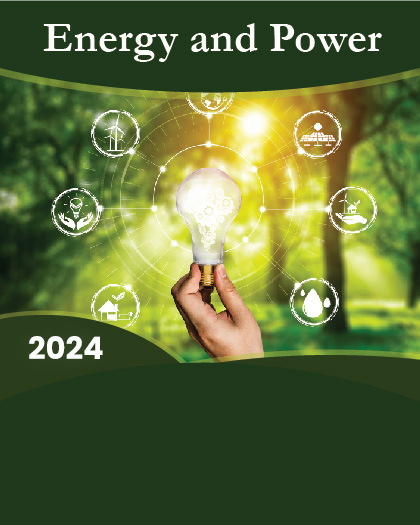
The global wind energy market was valued at $62.1 billion in 2019, and is projected to reach $127.2 billion by 2027, growing at a CAGR of 9.3% from 2020 to 2027.
Wind energy is a renewable energy source, which is solely dependent on wind power. The hydrogen energy is stored in three forms, which include liquid, solid, and gaseous. In wind turbine, the wind energy is converted into electric energy through generator. Based on type, wind energy can be classified into offshore and onshore type. Some major applications of wind energy includes wind pumps, wind electricity generators, and wind battery charges.
Proliferating demand for renewable power source and growing concern from government regarding decarbonization are anticipated to drive the market growth. Power generation through floating wind turbine can significantly reduce carbon emission unlike conventional power sources. Furthermore, offshore wind turbine removes the water depth constraint while choosing site for wind power plant. Moreover, average wind speed is higher and more consistent at shore, which further improves capacity factor of wind turbine. Furthermore, wind turbines create more opportunities in the value chain, such as maintenance, repair, and installation, which can further improve economic activities, supporting job growth in ports. However, wind energy requires high capital cost, and it may face severe damage during heavy storms or hurricanes, which may further increase overall operational cost of wind turbine plants.
The global wind energy market is segmented on the basis of type, end-user, and region. Based on type, it is segmented into offshore and onshore. Based on end-user, the market is classified into industrial, commercial, and residential. Based on region, the market is analyzed across North America, Europe, Asia-Pacific, and LAMEA.
Major players have adopted acquisition, agreements, and partnership to sustain the intense market competition. Some of the key players profiled in the report include Siemens General Electric, Enercon GmbH, Vestas Wind Systems A/S, Exelon Corporation (EXC), NextEra Energy, Inc., American Electric Power Company, Inc., Xcel Energy Inc., Avangrid, Inc., and Ameren Corporation.
COVID-19 scenario analysis
- The COVID-19 pandemic severely impacted the wind turbine manufacturing in countries such as China and Germany. For instance, Germany's Nordex SE reported negative EBITDA of $86.5 million down from positive EBITDA $21 million in previous.
- Additionally, limited availability of spares and manpower for maintenance is a major problem affecting the market growth. During high wind season, planned maintenance became a major issue for industry players, owing to reduced labor force and social distancing norms.
- Furthermore, project delays and cancellation of orders further affected the key markets for both blade production and wind turbine installations. For instance, Siemens Gamesa Renewable Energy SA accounted for a net loss of $577 million during its fiscal third quarter in 2020.
- However, shifting trend toward domestic supply chain may reduce the reliance on foreign imports encouraging domestic production of wind turbines. Furthermore, implementation of digitization will aid in remote monitoring for project execution; thus, limiting the labor force as much as possible.
Key benefits for stakeholders
- The global wind energy market analysis covers in-depth information of major industry participants.
- Porter's five forces analysis helps analyze the potential of buyers & suppliers and the competitive scenario of the industry for strategy building.
- Major countries have been mapped according to their individual revenue contribution to the regional market.
- The report provides in-depth analysis of the global wind energy market forecast for the period 2020-2027.
- The report outlines the current global wind energy market trends and future estimations of the market from 2019 to 2027 to understand the prevailing opportunities and potential investment pockets.
- The key drivers, restraints, & market opportunity and their detailed impact analysis are explained in the study.
Key market segments
- By Type
- Offshore
- Onshore
- By End-User
- Industrial
- Commercial
- Residential
- By Region
- North America
o U.S.
o Canada
o Mexico
- Europe
o UK
o Germany
o France
o Italy
o Rest of Europe
- Asia-Pacific
o China
o Japan
o India
o South Korea
o Rest of Asia-Pacific
- LAMEA
o Brazil
o Saudi Arabia
o South Africa
o Rest of LAMEA
























